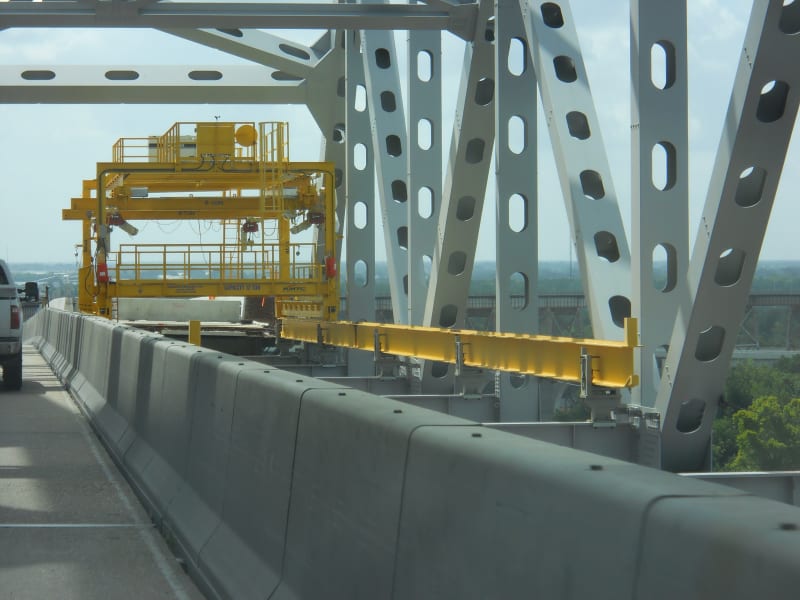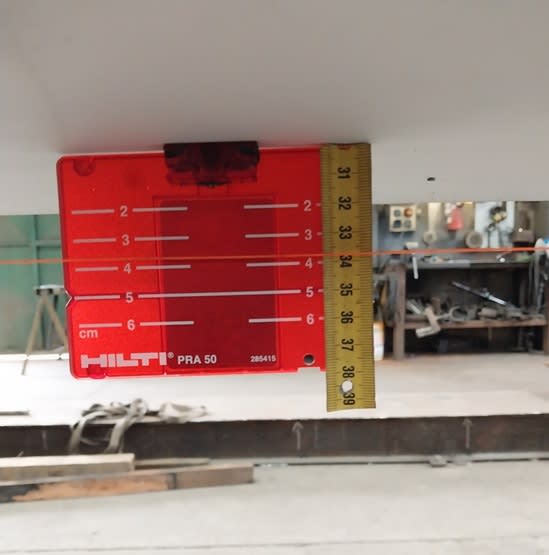Hi guys,
I have a problem and would like to know your opinion or experiences. We are constructing a single box girder bridge cranes of about 18m span.
According to CMAA, camber should be "equal" (they use that word) to a calculation that, for our case is 16mm.
After measuring, we found that our girder has 37mm respectively. I don´t believe is easy get exactly a 16mm camber, but this number look excessive.
Supposing trolley has enough power to climb it, Would that camber be a trouble?
Thanks in advance for your answers.
I have a problem and would like to know your opinion or experiences. We are constructing a single box girder bridge cranes of about 18m span.
According to CMAA, camber should be "equal" (they use that word) to a calculation that, for our case is 16mm.
After measuring, we found that our girder has 37mm respectively. I don´t believe is easy get exactly a 16mm camber, but this number look excessive.
Supposing trolley has enough power to climb it, Would that camber be a trouble?
Thanks in advance for your answers.



